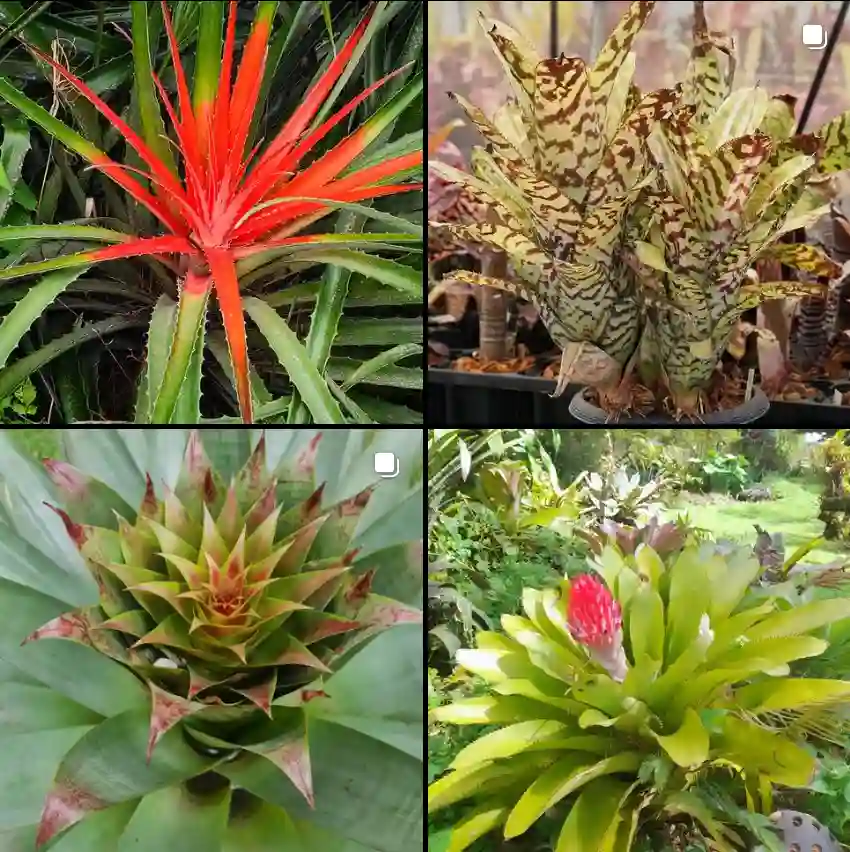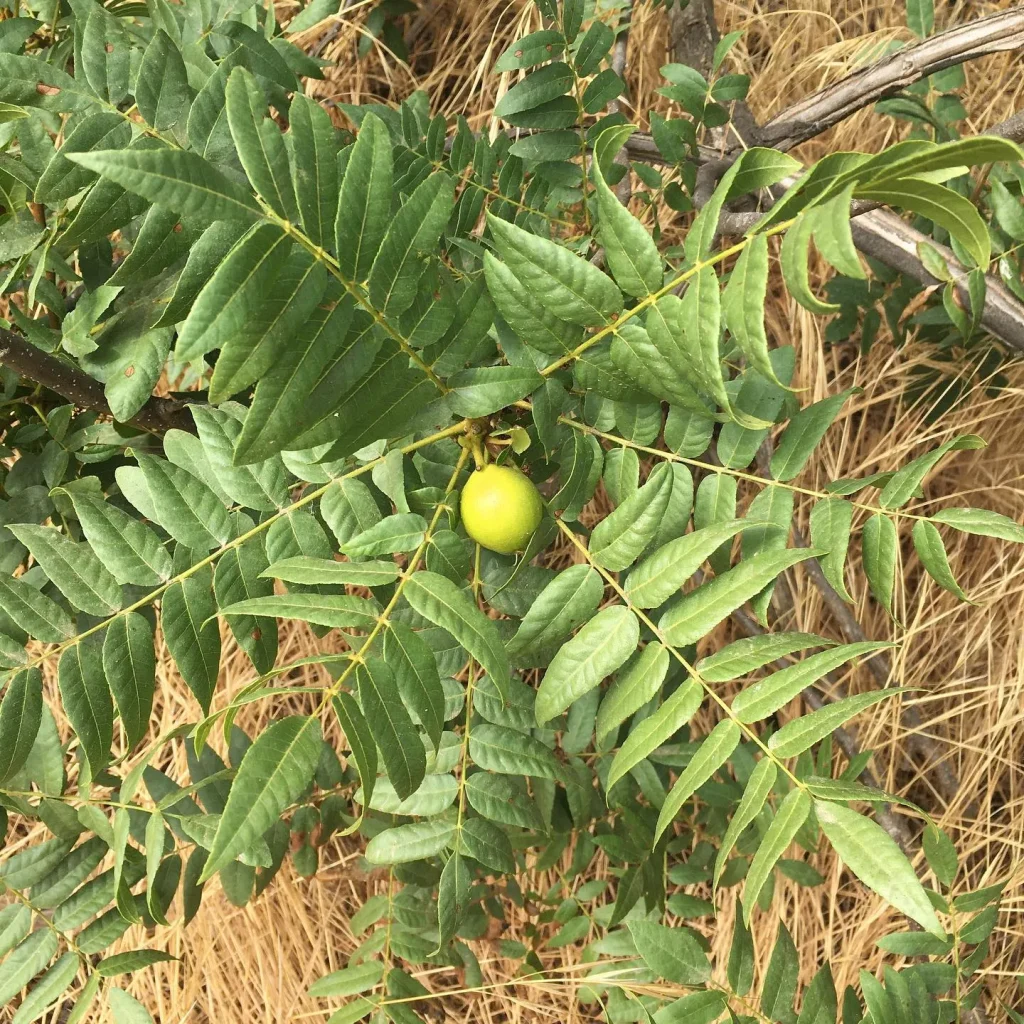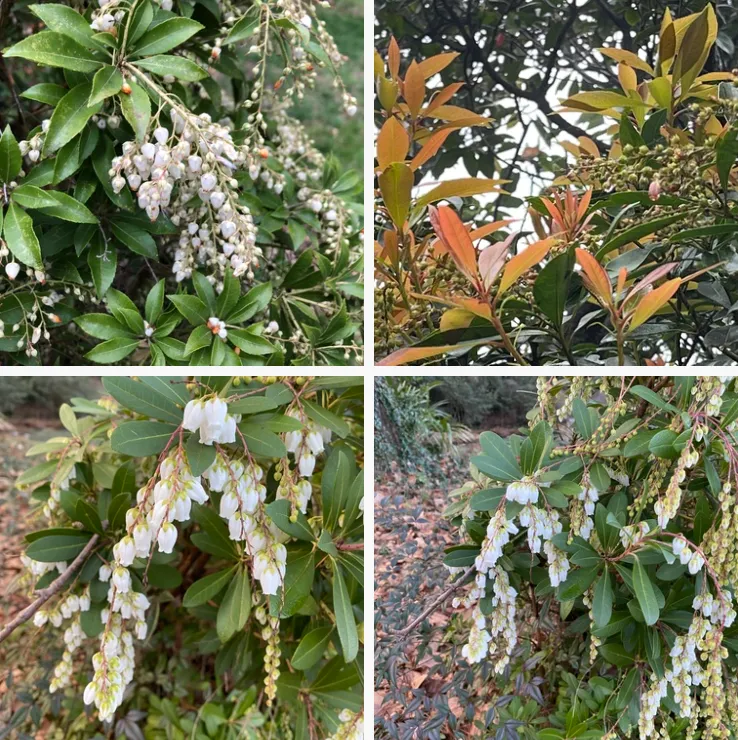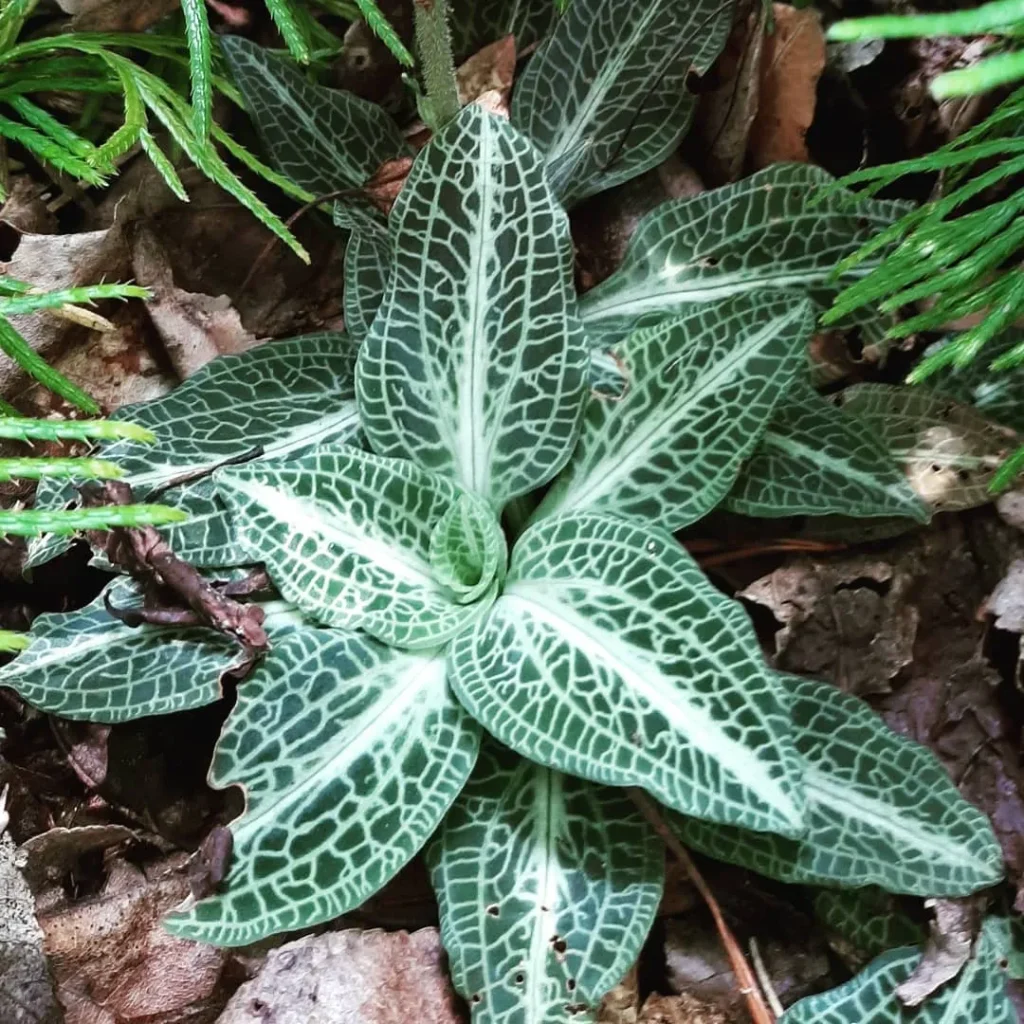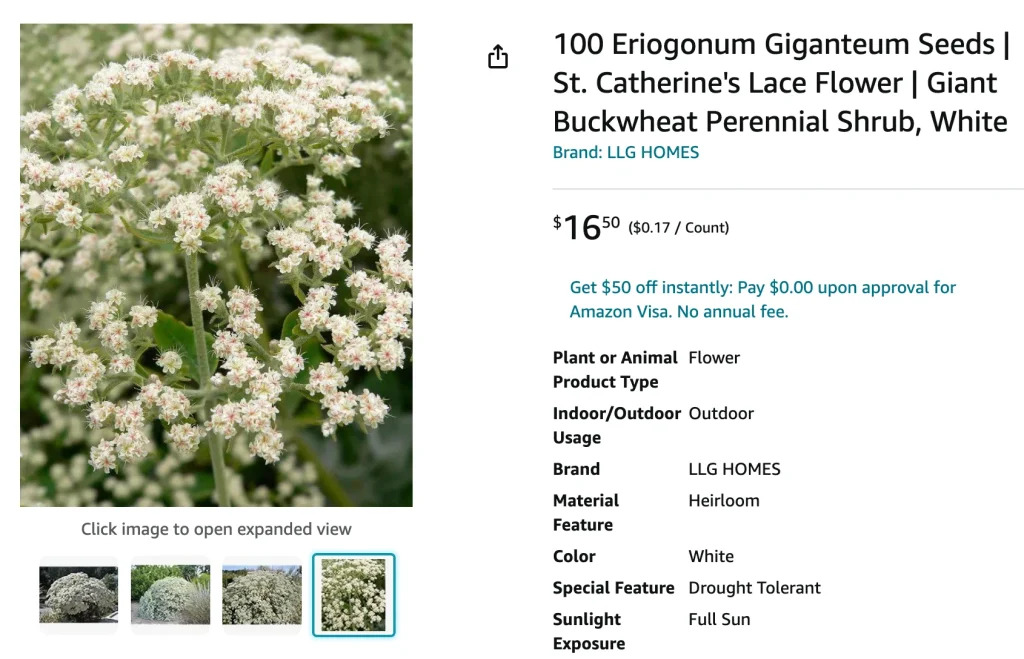
FAQs About Eriogonum Giganteum
When it comes to adding some unique flair to your garden, Eriogonum Giganteum (commonly known as Giant Buckwheat) is a fantastic choice. Over the years, I’ve received numerous questions about this striking plant. Here, I’ll address some of the most frequently asked questions to help you make the most of your Eriogonum Giganteum.
258 Species in Genus Eriogonum
What is Eriogonum Giganteum?
Eriogonum Giganteum is a perennial plant native to the southwestern United States, particularly California. It belongs to the Polygonaceae family and is known for its impressive size and striking appearance. The plant can grow up to 6 feet tall and features dense clusters of yellow or pink flowers that bloom in late summer and fall. Its succulent-like leaves and tall flower stalks make it a standout in any garden.
How to Care for Eriogonum Giganteum?
Caring for Eriogonum Giganteum involves a few key considerations:
- Sunlight: This plant thrives in full sun. It requires at least 6 hours of direct sunlight each day to grow optimally.
- Soil: It prefers well-draining soil. Sandy or rocky soils are ideal. If your garden soil is heavy, consider amending it with sand or gravel to improve drainage.
- Watering: Once established, Eriogonum Giganteum is quite drought-tolerant. Water it moderately, allowing the soil to dry out between waterings. Overwatering can lead to root rot.
- Temperature: It’s hardy in USDA zones 8-10. It can tolerate a range of temperatures but is particularly well-suited to hot, dry climates.
- Fertilization: Fertilization isn’t usually necessary. However, if you wish to boost growth, use a balanced, slow-release fertilizer in the spring.
How to Propagate Eriogonum Giganteum?
Propagating Eriogonum Giganteum can be done through seed or cuttings:
- Seeds: Start seeds indoors in late winter. Sow them in a well-draining seed mix and keep them warm. Transplant seedlings outside after they’ve grown sufficiently and the risk of frost has passed.
- Cuttings: Take stem cuttings in early spring. Use a sharp knife to cut a healthy segment, remove the lower leaves, and dip the cut end in rooting hormone. Plant the cutting in a mix of sand and perlite. Keep it moist until roots develop.
What to Plant With Eriogonum Giganteum?
Pairing Eriogonum Giganteum with complementary plants can enhance your garden’s beauty. Consider these options:
- California Poppies (Eschscholzia californica): Their bright orange flowers contrast beautifully with the yellow or pink blooms of Eriogonum Giganteum.
- Lavender (Lavandula spp.): Lavender’s aromatic foliage and purple flowers provide a lovely backdrop to the giant buckwheat.
- Sagebrush (Artemisia spp.): The gray-green foliage of sagebrush complements the succulent leaves of Eriogonum Giganteum.
Is Eriogonum Giganteum Toxic?
Eriogonum Giganteum is not known to be toxic to humans or animals. However, it’s always wise to avoid ingesting any non-edible plants and keep an eye on pets to ensure they don’t chew on them.
Benefits of Eriogonum Giganteum
There are several benefits to growing Eriogonum Giganteum:
- Low Maintenance: Once established, it requires minimal care, making it ideal for low-maintenance gardens.
- Drought-Tolerant: Its ability to withstand dry conditions makes it perfect for xeriscaping.
- Wildlife-Friendly: It attracts pollinators like bees and butterflies, adding to the biodiversity of your garden.
Common Problems with Eriogonum Giganteum
While generally hardy, Eriogonum Giganteum can face a few issues:
- Root Rot: Caused by overwatering or poorly draining soil. Ensure good drainage to prevent this problem.
- Pests: Watch for common garden pests like aphids and spider mites. Regular inspections and organic pest control methods can help manage them.
Compare with Other Similar Plants
Eriogonum Giganteum is often confused with similar plants like:
- Eriogonum Fasiculatum (California Buckwheat): This species is smaller and has a more shrub-like form compared to the towering Eriogonum Giganteum.
- Eriogonum Umbellatum (Sulfur Buckwheat): Eriogonum Umbellatum has a different flower color and growth habit but is similarly drought-tolerant.
- Eriogonum Grande (Great Basin Buckwheat): While also a buckwheat, Eriogonum Grande is smaller and less showy compared to Eriogonum Giganteum.
Understanding these differences helps in selecting the right plant for your garden needs.
In conclusion, Eriogonum Giganteum is a unique and beneficial addition to a garden, especially in arid or drought-prone areas. By following proper care guidelines and understanding its characteristics, you can enjoy its stunning presence and contribute to a vibrant garden ecosystem.
If i die, water my plants!
